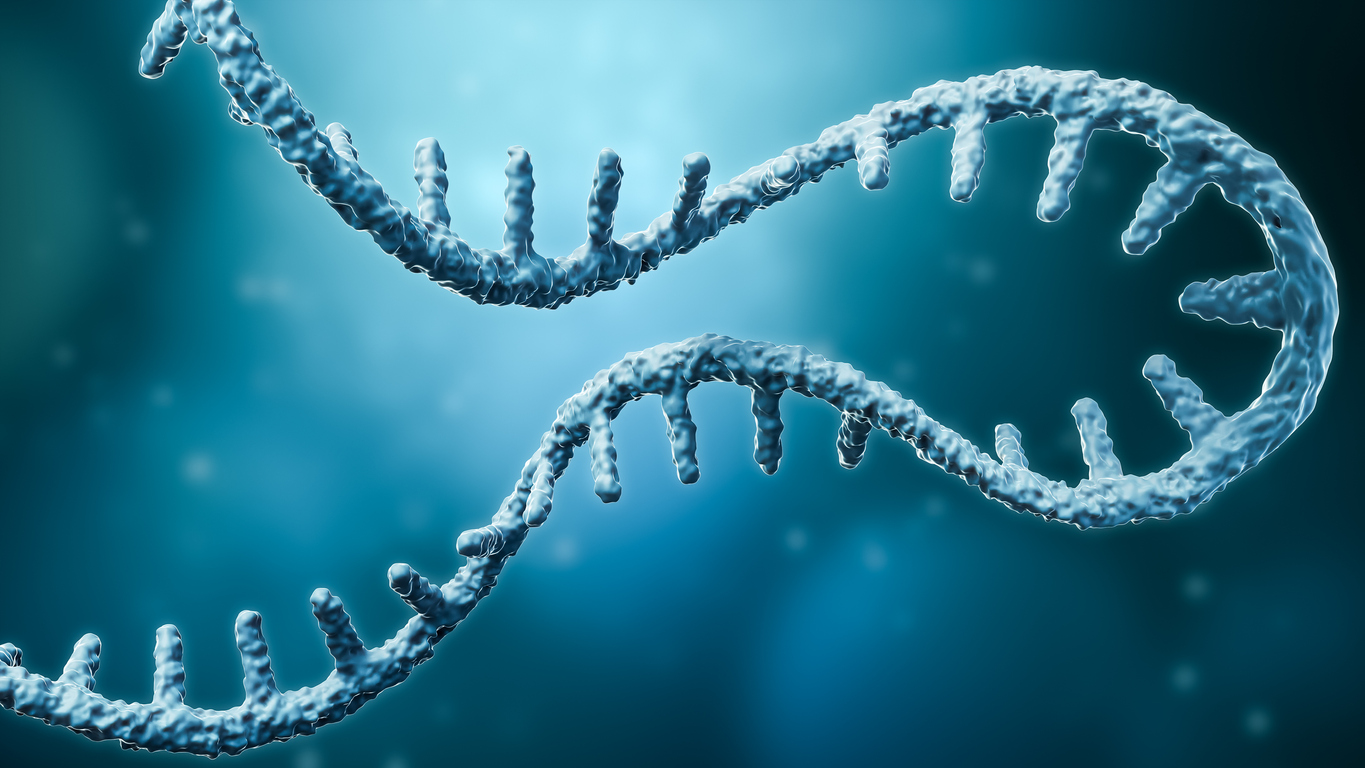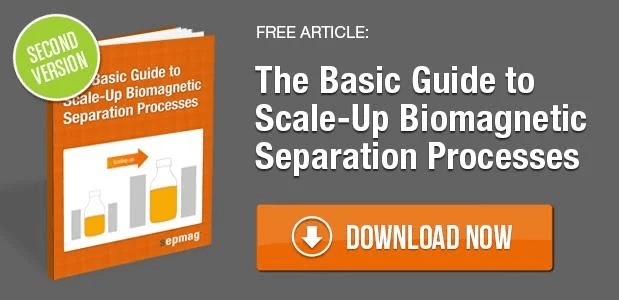Introduction and inspiration of mRNA
There is a lot to learn from the mRNA (messenger RNA) that is present in cells, which makes up around 5% of the total RNA in cells. The presence of certain mRNA sequences can inform us about what proteins are most likely being translated at the moment so that biological processes can take place. mRNA has also emerged as a top vaccine for the novel coronavirus of 2019, also known as SARS-CoV-2. How can a messenger RNA be a vaccine you ask? mRNA works as a vaccine by providing our cells with the sequence to make the major protein found on SARS-CoV-2 called “spike” protein. Once our cells have made spike protein, our body will launch an immune response against it, and immune cells will make antibodies against the spike protein. To use and study mRNA, you must first perform mRNA isolation, which we will introduce in this article.
Considerations for mRNA isolation
Let’s say you want to know how the biological processes in your plant change in response to different soil conditions, or you need to produce an mRNA vaccine for the entire world. You will be starting with a complex mixture in solution. Your protocol may start with a total RNA extraction. You can read about ways to do total RNA isolation in this article: RNA Extraction Kit. There are kits available which isolate mRNA from total RNA as well as kits which directly do mRNA isolation without an initial total RNA isolation step.
How does mRNA isolation work? A simple sample protocol
mRNA isolation is made possible by its unique poly-A (poly-adenosine) tail. Many commercial kits contain magnetic beads pre-conjugated to an oligo-dT, a long chain of thymine which is complementary to a poly-A tail. The mixture you want to isolate mRNA from is allowed to interact with the magnetic beads, where only mRNA will bind the oligo-dT magnetic beads. This will be placed in a magnetic field, created by a magnetic separator. The solution can be discarded, the mRNA bound to magnetic beads will remain in the container. A few simple wash steps help purify the sample further. For wash steps, you simply put the wash buffer into the container, while it is still in the magnetic separator. Then you discard the wash buffer and repeat 2 or 3 times. For the final step, you will elute your mRNA in an elution buffer, and remove the container from the magnetic separator to allow the mRNA to go into solution, and dissociate from the magnetic beads.
Modern magnetic separators for mRNA separation
Whether you are researching your plants, or creating the next global vaccine, modern magnetic separators accommodate these purposes because they now come in various sizes, up to 50 L. Magnetic bead separation can also be monitored on the computer for better optimization of the separation process. Research and use of mRNA can continue to grow as the tools, especially magnetic beads and magnetic separators to isolate it become more efficient and easy to use and scale.
Related news





